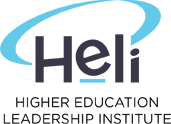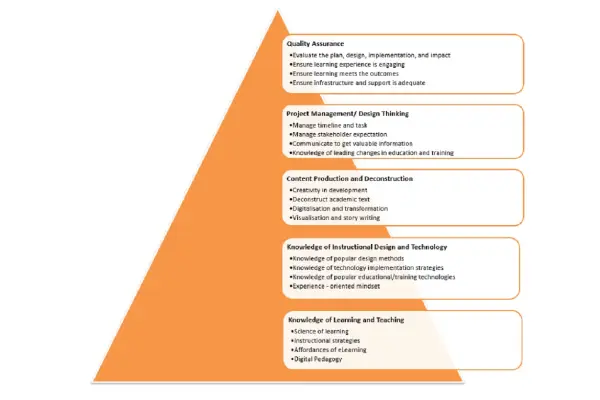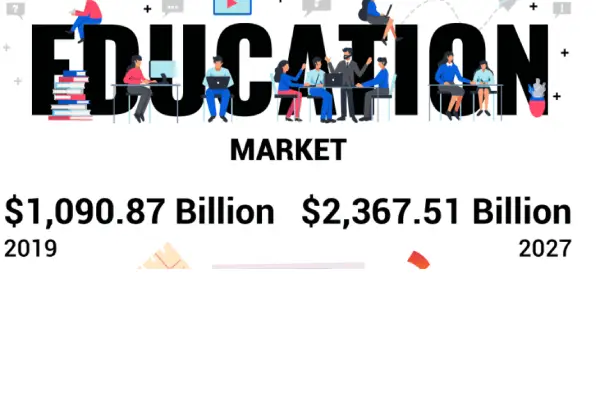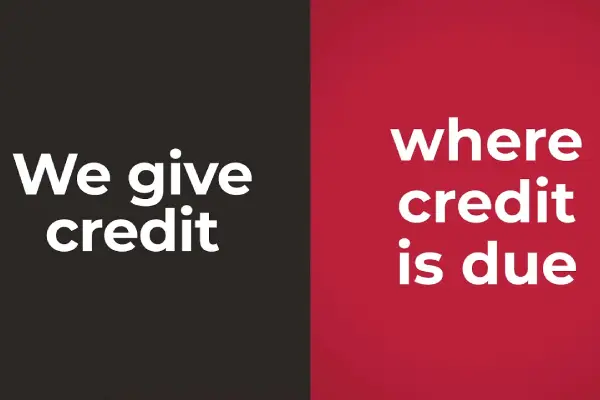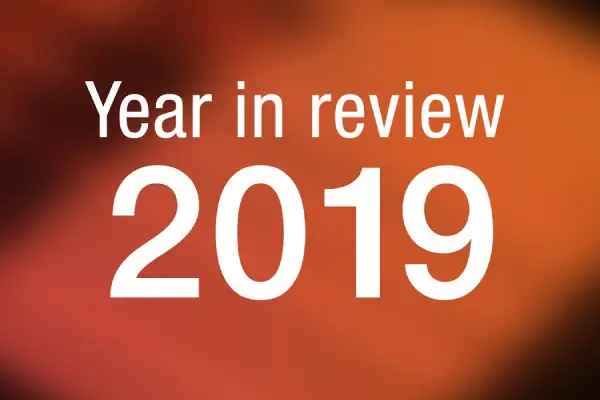I am Course Coordinator and teach Design Thinking among other subjects, in the Masters of eLearning. I have substantial experience as an internal and external consultant, and the case I present briefly here involves leading an organizational change case using design thinking principles in a major telecom in the Middle East. Without going into too much detail, I hope it gives a sense of need for openness, design and redesign, and enabling the client to identify and determine their key issues as a start towards enabling collaboration and solution development.
In this case, the interventions designed deliberately offered three critical components:
⦁ The creation of spaces for gathering and sharing key stakeholders’ views,
⦁ A structured program of interactions for exploring, elaborating and developing their views of the issues involved and
⦁ Ultimately planning actions to address them.
Our client, the head of strategy, his team and my project team observed significant increase in ownership of issues, sharing between functions that previously thought and said each other were to blame for the current issues, and ultimately joint problem solving.
Every phase of this approach involved consultation with us as coaches. We set to create relationships with our client framed as independent intellectual and organizational partners. Our focus was understood as legitimate because of our prior coaching roles in the organization. Coaching in the organization was accepted as an important tool for leader development over the previous five years. This organizational legitimacy together with the close relations built through our senior executive coaching resulted in the initial invitation to help.
We approached the Project Sponsor to build our understanding of the issues, the organizational context and the goals. Broadly, the issue involved a significant misalignment between strategy and execution. We sought to get clear about the drivers of the ‘burning platform’. Together with the client and his team, we identified the stakeholders critical to the process and made clear our goals to engage them as a necessary part of our intervention designs. We proposed initial suggestions to gather stakeholder views as a vital source of data to help shape our plans and engage them in steering this project. In the middle east context, respect, maturity and confidentiality were crucial. In an environment of professional maturity there is mutual respect. “Yes good idea”, “no that won’t work”, or “maybe let’s explore it further” were typical conversation moments in this discovery and empathy phase during our private conversations with the client, his team and senior level stakeholders.
Coaching questions like “have you thought about…” and “what does great success look like”, were a natural part of these early discussions too.
From this initial engagement, my coaching buddy and I agreed to go back and discuss our tactical plan. Typically, we use post it notes on the wall to explore our thoughts, questions, ideas, and plans.
We quickly developed an initial analysis and consequent approach to bring to our client and his team. As it transpired, in this first round we missed our target. As part of our design process, we necessarily invited the Project sponsor and his team to join us in intentional co-development. Stepping away from the client is fraught with danger and fatal derailment as it is in any coaching or consulting assignment.


By pretotyping our initial thoughts with our client, presenting to he and his team we were quickly able to determine we were not on this right track. We invited him to explore and share what he saw we were missing. Following his renewed briefing we secured his agreement to another round of intervention development and feedback.
We returned to our drawing boards and redrew our intervention plans. These revised plans were then presented again for the client’s feedback and this new set of plans were approved.
The first stage of our plans was to interview all the relevant senior managers in a one-to-one interview. We asked them for their perspectives and the implications for their business of the current strategy to execution process. And we asked for their early thoughts and ideas for potential solutions. This interview process enabled us to consult widely, engage critical senior leaders early and be able to categorize their positions towards the issue and our plans for bringing people together to address them. These interviews were the first stage of empathy and defining the key issues.
Bringing summaries of these interviews, we briefed the Project Sponsor and his team of the findings.
We then proceeded to design our first stage of interventions involving the senior leadership group. With stakeholder’s permission we recorded our interviews with them and later created issue-based posters. We drew on these recordings to put quotations onto the posters based on twelve core themes that were identified. We created an initial workshop of senior stakeholders where participants were partnered up and walked the gallery reviewing and discussing their quotations on the posters with one another. This proved a helpful first activity that brought this group of senior managers together to share their views on the critical twelve strategy to execution issues.
Next, groups of these managers were asked identify the core issues from their perspectives, identify organizational obstacles and suggest potential solutions. Each sub-group then presented to each other.
During the breaks, many small impromptu groups formed and changed to chat about this workshop’s critical business issues. Insights were shared, experiences exchanged, differences explored, and agreements were made. This was just the first stage intervention for this group and concluded with wide support for addressing this issue with those involved at the next level in the organization.
To follow this session, we needed to engage the next layer of stakeholders, those responsible for the execution of corporate strategy. We designed a workshop using a technique called Destination Backwards. This tool is a structured approach that enables a group to start with defining the results and outcomes needed then mapping backwards in time the roles and tasks for each major stakeholder group. We brought this large group together dividing them into two smaller groups of around 15 members each to complete their destination backward journey map concurrently. Powerful discussions ensued as parties realized their interdependencies. Information from one member, depends on data from another. Analysis of marketing tactics requires information both from sales and operations. Participants naturally began to negotiate these boundaries and formulate agreements. They began taking ownership of their roles and interactions, realizing they could not meet their destination goals without cooperating and collaborating.
Ultimately, that afternoon the workshop reached a moment the groups were satisfied with their progress. They called for a halt. We asked the two groups to present their plans to each other, sharing their insights and ideas with each other.
After that, one of the sponsor’s team triggered an action planning session. We simply moved into recording the actions and action owner’s discussion. All participants quickly volunteered to take ownership of the actions and overall management of plans going forward. They created a new management committee to ‘run’ and manage strategy expectation as a multiparty stakeholder management group.
Throughout the workshop that day, the two coaches asked questions, offered perspectives, and redirected people and their inquiries to look toward each other to explore and solve their issues raised.
We acted as active collegiate partners in common pursuit of the goals of the session.
Following this session, we gathered feedback from as many stakeholders as possible. The main Project Sponsor was very satisfied that the project goals were met. His team members reported that participants now were taking charge of their roles and asking for help when they needed it. Finance, at the core of the issues, reported significantly greater levels of cooperation from key parties. Senior Business leaders were vocally supportive of the new action plans and management controls developed within this second workshop. As a design and solution team, we were thanked for our co-creation of the solution plans and following execution of this project.
